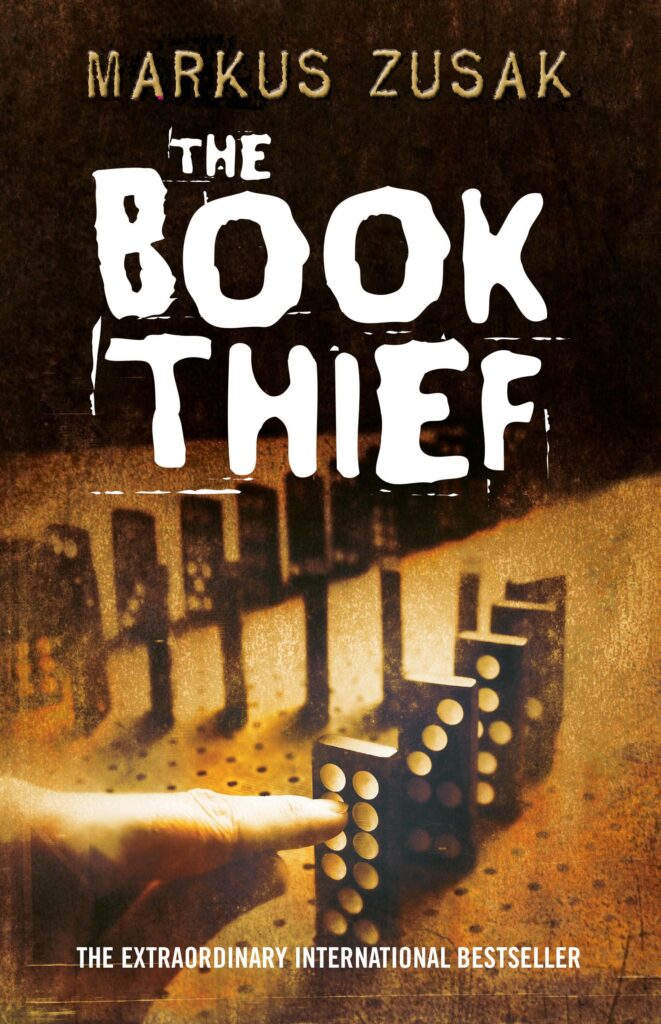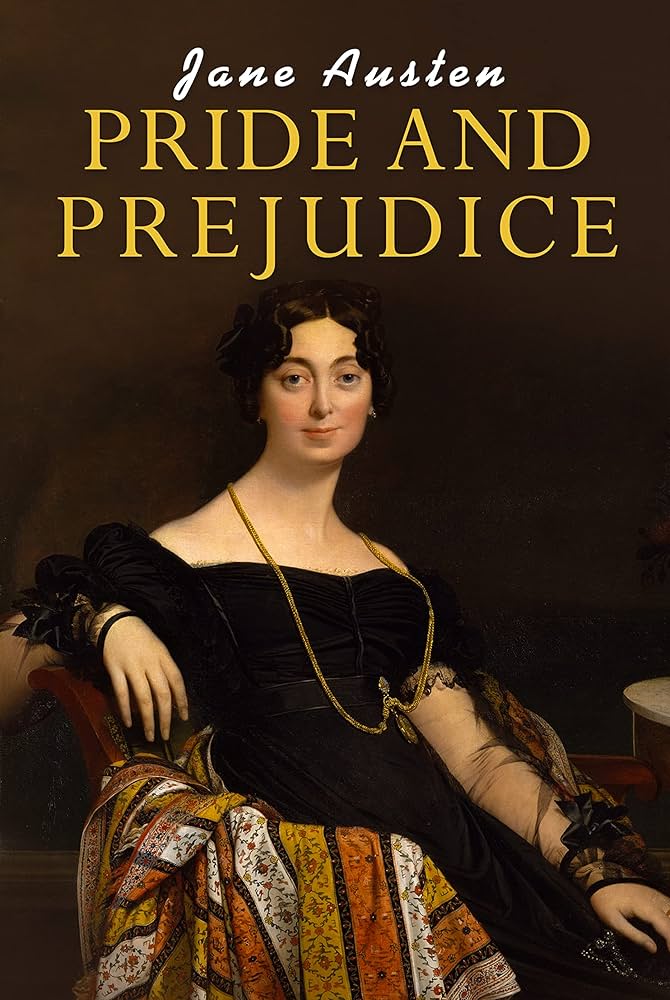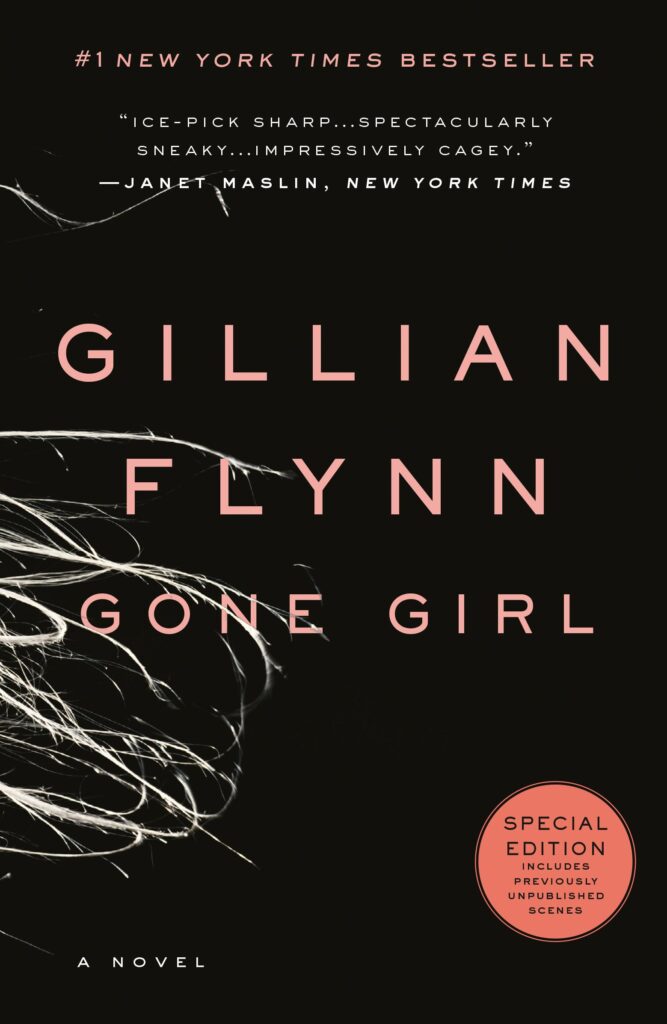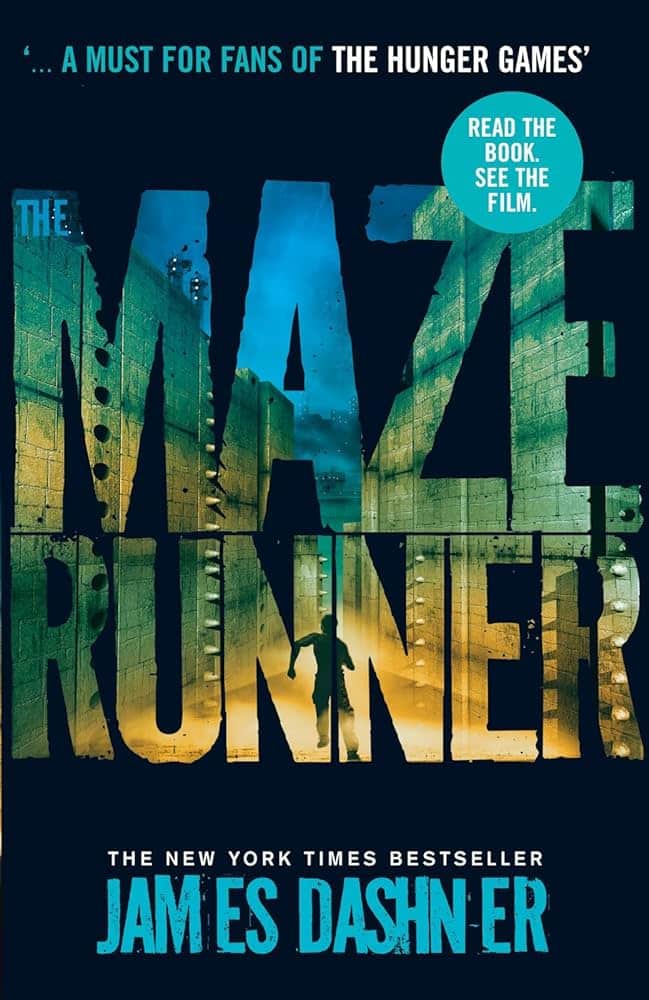Advice for writers
for writers
Resolutions vs. Cliffhangers: How to Choose the Right Ending for Your Story

Should You Tie Up Loose Ends or Leave Readers Hanging?
I’ll never forget the frustration of hitting a cliffhanger in a book I’d been devouring—staying up late, sneaking pages at lunch—only to be left hanging. That’s the tricky choice every writer faces when deciding between resolutions vs. cliffhangers: do you tie up every loose end or leave readers eager for more?
Seven years later, I’m still a little bitter about that ending—but I’ve learned this much: endings are incredibly hard to get right. They shape what readers remember and feel, whether it’s satisfaction or impatience for the next installment.
So how do you choose the right one? Should you wrap things up neatly or leave your readers on the edge?
Let’s figure it out together!
What Is a Resolved Ending?
Think of a resolved ending as that deep, satisfied exhale you take after finishing a really good meal. Everything’s been addressed, the main conflicts have been sorted out, and you know where everyone ends up. It doesn’t mean everyone rides off into the sunset (though they might), but it does mean you close the book feeling like the story is complete.
These endings answer the big questions your story has been asking! They let character arcs reach their natural conclusion. Most importantly, they make readers feel like their emotional investment has paid off.
Pros of a Resolved Ending
They respect your reader’s time and investment – After following characters through pages of ups and downs, readers deserve to see how it all turns out.
They work perfectly for standalone novels – If this is the only book you’re planning, you’d better deliver that closure!
They fit certain genres like a glove – Romance readers especially need to know their couple ends up together (or definitively doesn’t).
They create books people want to revisit – There’s something comforting about re-reading a story when you know it has a satisfying payoff.
When to Use a Resolved Ending:
➤ This is your one and only book about these characters
➤ You’ve been building toward a specific emotional climax the whole time
➤ Your readers picked up your book expecting closure (looking at you, romance and literary fiction)
➤ The whole point of your story was the journey toward resolution
What Is a Cliffhanger Ending?
Now, cliffhangers? They’re a completely different beast. Done right, they’re like literary adrenaline shots—they leave readers buzzing with questions, theories, and an almost physical need to know what happens next. Done wrong…well, that’s how books end up getting thrown across rooms.
A good cliffhanger isn’t just stopping the story at a random dramatic moment. It’s a strategic pause in a larger story, a “hold that thought” that makes perfect sense within the bigger picture you’re painting.
Pros of Cliffhanger Endings
They create instant investment in your next book – Readers who are dying to know what happens next become your most loyal fans.
They mirror real life – Life doesn’t tie itself up in neat packages, so why should every story?
They get people talking – Nothing sparks reader discussion quite like a well-placed cliffhanger!
They work with the natural rhythm of series – Some stories are just too big for one book.
When to Use a Cliffhanger Ending:
➤ You’re definitely writing a series (and you’d better deliver on that promise)
➤ Your story thrives on external plot momentum—mysteries, thrillers, epic fantasies
➤ You want to end on a question that will haunt readers in the best possible way
➤ Your genre practically expects it (YA dystopian, anyone?)
How to Choose Your Ending: Resolutions vs. Cliffhangers
Here’s where we get practical… The choice between resolutions vs. cliffhangers isn’t about your personal reading preference—it’s about what best serves your specific story and audience!
1: Is the story actually finished?
Be honest with yourself. If you’re considering a cliffhanger just because you think it’s more dramatic, but your story arc is genuinely complete, you might be forcing it.
On the flip side, if you’re trying to cram resolution into a story that’s clearly part of something bigger, that won’t work either.
2: What did you promise your readers?
This one’s huge. If someone picks up what they think is a standalone romance and you end it on a cliffhanger, they’re going to feel betrayed.
Know your genre’s expectations and decide whether you want to meet them or thoughtfully subvert them.
3: What emotion do you want people to leave with?
Resolved endings tend to create satisfaction, peace, or catharsis. Cliffhangers create urgency, excitement, sometimes even productive frustration. Both are valid—but they serve different purposes.
4: Can you give closure to the heart of the story even if you leave plot threads open?
This is the sweet spot many series writers aim for. You can resolve the emotional journey or the main character arc while still leaving bigger plot questions unanswered. It’s like having your cake and eating it too.
Genre & Audience Expectations
Every genre comes with its own unspoken rules about endings, especially when it comes to resolutions vs. cliffhangers. Breaking these rules isn’t impossible, but you’d better have a good reason and execute it brilliantly!
❤️ Romance
Romance readers don’t just want their couple to end up together—they need it. It’s literally part of the genre definition. You can write a romance series where the couple faces ongoing challenges, but each book needs to end with them in a good place relationship-wise. This isn’t limiting—it’s liberating. You know exactly what emotional beat you need to hit.
🔍 Mystery/Thriller
Your detective needs to catch the killer. Your protagonist needs to escape the dangerous situation. But once you’ve resolved the central mystery, you can absolutely hint at future complications! Think of it as answering the big question while whispering another one.
🚀 Fantasy/Sci-Fi
These genres practically invented the art of resolving one crisis while revealing a bigger one. Your heroes can save the kingdom and then discover there’s an even greater threat. Your space crew can complete their mission and then receive a transmission that changes everything. The key is making sure each book feels complete on its own terms.
📖 Literary Fiction
Literary fiction is the one genre where you can get away with endings that are more about emotional truth than plot resolution. Your character can reach a moment of understanding without their external circumstances changing dramatically. Readers of literary fiction often appreciate subtlety and interpretation.
🧠 Young Adult
YA readers can handle almost any kind of ending, as long as it feels emotionally honest. They’ve got finely tuned authenticity detectors, so whether you choose resolution or cliffhanger, it needs to feel true to the characters and their journey.
Examples: Resolutions That Work & Cliffhangers That Hook
Looking to see how other authors have nailed their endings? Here are a few standout examples (without spoilers!)…
Resolved Endings



Cliffhanger Endings



Resolutions vs. Cliffhangers FAQs
Q: What’s the difference between a cliffhanger and an unresolved ending?
A: A cliffhanger is a deliberate, strategic choice—usually ending at a moment of suspense. An unresolved ending may leave things ambiguous, but, ideally, it still feels intentional and thematically complete.
Q: Are cliffhangers bad writing?
A: Not at all—when done well. A good cliffhanger is earned, builds on the story’s momentum, and leaves readers eager for more. A bad cliffhanger is one that feels tacked on, manipulative, or unjustified.
Q: Can I use both resolution and cliffhanger?
A: Yes! Many successful series novels resolve the internal emotional arc or a smaller subplot, then end with a cliffhanger tied to the larger plot.
Q: What if readers get mad at my ending?
A: That can happen—but it often means they care. Be intentional and consistent with your genre and tone, and most readers will respect your narrative choice—even if it surprises them.
Q: How do I know if my ending works?
A: Beta readers, critique partners, or editors can help here. A good test: ask them what emotional state they were left in upon finishing the book. If it matches your intent, you’re on the right track.
If you’re not sure where to find reliable beta readers, check out our guide, How to Find Beta Readers for Your Manuscript to get started!
Finding Your Story’s Perfect Ending
After years of writing and reading, I’ve learned there’s no single “right” ending—only the one that fits your story, characters, and readers. Great endings, whether resolved or open, feel inevitable and honor the emotional journey your audience has shared with you.
For standalones, prioritize resolution to give readers closure. For series, balance anticipation with emotional payoff in each installment. Above all, be intentional: choose an ending that evokes the exact feeling you want your readers to carry when they close the book.
A strong ending reflects a confident author who knows their story inside and out. Trust your instincts, understand your genre, and deliver an ending true to the story you’ve been telling—because that’s what truly makes it unforgettable!

Erin K. Larson-Burnett, Production Manager at Atmosphere Press (submit your manuscript here!), is a born-and-raised Southerner currently living in Katy, Texas, with her husband and their small domestic zoo. She is an avid ink drinker who lives and breathes books—during the day, she works remotely with authors around the world, honing and perfecting books published through Atmosphere Press. By night, she crafts her own stories…or at least tries to. The Bear & the Rose is her debut novel.

Atmosphere Press is a selective hybrid publisher founded in 2015 on the principles of Honesty, Transparency, Professionalism, Kindness, and Making Your Book Awesome. Our books have won dozens of awards and sold tens of thousands of copies. If you’re interested in learning more, or seeking publication for your own work, please explore the links below.
